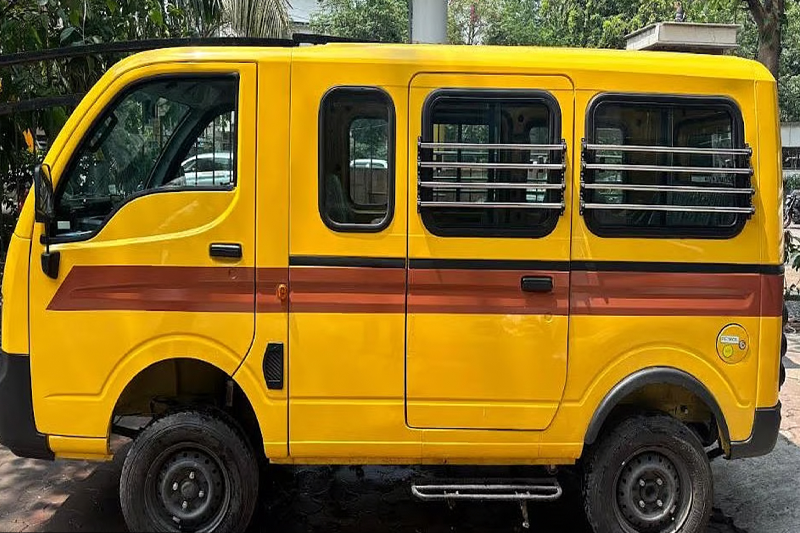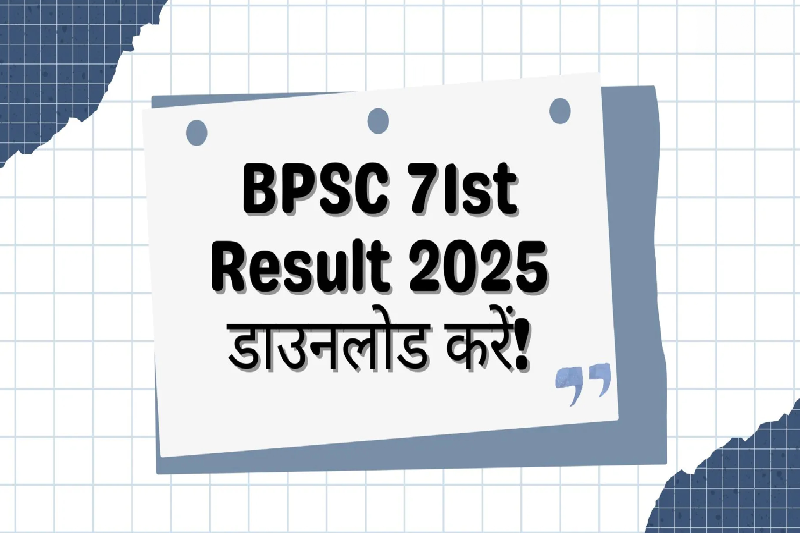
Maharashtra to Approve Only 12-Seater School Vans with Enhanced Safety Features
In a significant step toward ensuring safer school transportation, the Maharashtra government has announced that only 12-seater school vans equipped with advanced safety features will be granted official permits for ferrying school children. The move is aimed at enhancing student safety, formalising the school transport sector, and reducing reliance on unauthorized or unsafe vehicles like auto-rickshaws.
The announcement was made following a meeting chaired by State Transport Minister Pratap Sarnaik on August 12, 2025, which included discussions with various stakeholders such as school bus operators, educational institutions, and parent associations.
New Guidelines Based on Central Safety Code
Transport Minister Sarnaik confirmed that the new policy will be rooted in the Automotive Industry Standard (AIS) Code 204, developed by the Central Government, which itself is an extension of the existing AIS-063 School Bus Code.
As per the proposed guidelines:
- Only 12+1 seater vans (12 students + 1 driver) will be approved for school transportation.
- Vans must be new and fully compliant with the updated safety standards.
- Safety features will include:
- Driver identification cards
- Emergency exits
- Clearly defined vehicle access points
- Interior storage racks for bags and bottles
- Proper seat layout and spacing requirements
- Fire alarm systems
- Real-time vehicle tracking systems
“The top priority is the safe transportation of students,” said Sarnaik. “Maharashtra will become the first state in the country to implement such comprehensive standards for school vans.”
Permits Only for Compliant Vehicles
Sarnaik stated clearly that only those operators who adopt these newly specified 12-seater vans will be issued transport permits. The Maharashtra government hopes this policy will serve multiple purposes:
- Increase safety for thousands of school-going children
- Create employment opportunities for those entering the school transport business
- Reduce dependence on informal and unsafe transport options like rickshaws
The state had previously halted the issuance of school van permits in 2018 following legal petitions that questioned the safety of such vehicles. With the introduction of new, standardized safety codes in line with national regulations, the state now intends to restart van operations through a controlled, policy-driven approach.
Safer Than Rickshaws: Government’s Perspective
Minister Sarnaik made a point to highlight that the new vans offer significant safety advantages over commonly used rickshaws, which are still a widely used but unregulated mode of student transport in many urban and semi-urban areas.
He pointed out that vans offer:
- Four-wheel stability, lowering the risk of overturning
- Covered and secured doors, reducing accidental falls
- Ample internal space for bags, bottles, and other school items
- Better structural integrity for highway and city road travel
“Compared to rickshaws, vans are a safer and more structured method of transport,” said Sarnaik.
Policy Notification Expected Soon
The government’s decision is currently in the final stages of formalization, and a notification outlining the full policy and guidelines is expected shortly. Once published, it will include specific instructions for:
- Permit application and approval process
- Compliance checks and vehicle certification
- Penalties for non-compliance
- Transition timelines for existing operators
Pushback from School Bus Operators
While the initiative has largely been welcomed by parents and safety advocates, school bus operators are voicing strong objections, particularly regarding its potential impact on road congestion.
Anil Garg, spokesperson for the School Bus Owners’ Association in Mumbai, raised a major logistical concern:
“Asking people to opt for 12-seaters will lead to a proliferation of school vans on the roads. It will take around seven such vans to replace one large school bus. That’s going to significantly increase the number of vehicles on already congested city roads.”
Operators also argue that this move could destabilize existing school transport businesses, especially those invested in larger buses that cater to multiple routes in a single trip.
Balancing Safety and Urban Mobility
While the government’s goal is clear — to create a safer and more standardized school transport environment — the new policy brings with it challenges related to urban traffic, infrastructure readiness, and operational efficiency. The transport department will likely need to address these concerns in tandem with its rollout strategy.
Despite opposition, the emphasis on safety-first infrastructure may set a precedent for other Indian states, especially those grappling with unauthorized and overcrowded school transport options.
Conclusion: A Bold Step Toward Safer School Commutes
Maharashtra’s plan to allow only 12-seater school vans with advanced safety features signals a progressive, student-centric approach to school transportation. By anchoring the policy in national safety standards and restricting permits to only those who meet them, the state aims to create a well-regulated, accountable, and modern school transport system.
The road ahead will require collaboration between stakeholders, careful urban planning, and sensitivity to the needs of both operators and parents. However, if successfully implemented, Maharashtra may well become a national model for safe and efficient school commutes.



